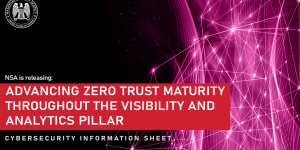NIST Launches ARIA, a New Program to Advance Sociotechnical Testing and Evaluation for AI
The National Institute of Standards and Technology (NIST) is launching a new testing, evaluation, validation, and verification (TEVV) program intended to help improve understanding of artificial intelligence’s capabilities and impacts. Assessing Risks and Impacts of AI (ARIA) aims to help organizations and individuals determine whether a given AI technology will be valid, reliable, safe, secure,…













